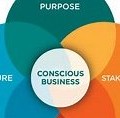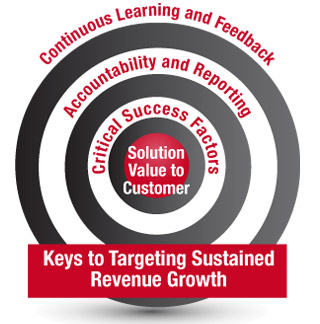Why is the sky blue? Critical Questions lead to Better Decisions- here’s how to ask them…
Remember the Why is the Sky Blue question? A common childhood question. There are books on Why to help teach and explain to us about many parts of our world. Many of the answers are rote responses, generally accepted responses or even assumptions that get put into our memorization capabilities.
As children we innately question everything around us to help inform our understanding.
As we pass into adulthood and for many who complete educations with advanced degrees we somehow lose the ability to ask questions; particularly good ones.
Society implicitly tells us “we just know”. We jam responses to problem solving with answers based on facts and figures. However, as we try to understand more ambiguous or abstract problems we falter. The solutions or rather rote answers are inadequate.
Critical thinking, just as in childhood, helps us to propose questions, ideas, or hypotheses to problems we cannot find an immediate answer to. Further, it helps us to make better decisions. Here’s a couple exercises to consider:
- The To Do List: Do you have a daily or weekly list of items you’re suppose to do? What % of the tasks do you actually complete in the period you assigned?
Permit me to offer another perspective on the To Do List.
Have you considered Why you have the list in the 1st place? What if you asked … what purpose does this list serve? What do I want to achieve that’s most important and satisfying that will feel like a real accomplishment and something of value?
Then build a list of critical questions:
- What needs to be achieved? What is the most to least important?
- How can you contribute to the more important achievement or need?
- What resources are necessary? Who do you need to collaborate with or gain an assist?
- Staff meetings: Why do you dutifully, solemnly gather once/week for 1 to 2 hours @ 8am to review just another form of the To Do List… the Status Report
Instead review with key members of your team
- What is important to the company?
- What are the key initiatives?
- Why and with whom do we need to meet?
- Do we need consistent feedback on key issues and who do we need to involve?
- Is the staff meeting replacing more productive work gatherings? Is it serving any of the above questions or needs?
Julio Garreaud is a friend and business coach. This is the link to his firm
http://www.thehumanarchitect.com/
Julio recently hosted a workshop that I attended. The agenda was to get the group to consider different levels of thinking. I believe his 4 levels of thinking are useful in developing a better approach to critical thinking skills that lead to better and more 360 type constructive questioning. Here are the 4 with a brief description:
- Evaluative thinking- informed judgment of value, merit, worth
- Reflection thinking
- What worked
- What didn’t
- Parts to improve
- Prediction thinking
- Ability to use experiences, events in order to create a new reality, different environment or conversation
- Levels of thinking
- Low level- regurgitating memorized facts
- High level ask people to contemplate, analyze, synthesize, and develop findings and conclusions for future decisions
We then explored a series of examples to help us think more deeply about a variety of thoughts, decisions and issues. As you’ll see there’s a question tree as one question intertwines to discovery of others to gain varied perspectives on the idea:
- What makes for a great decision? Evaluate opportunity? What are the factors to influence/help make a decision? Question examples to help arrive at a good decision:
- What’s most important or tied to purpose; essential interests; values?
- What are the desired outcomes to a decision?
- What are the available resources and relationships to inform?
- What are the various alternatives?
- Julio examples: Who will benefit from a great decision? What are costs of bad decision? When are great decisions made? How to measure a great decision?
- How define a company’s culture?
- What do people, customers, community, other stakeholders think?
- How do you define a great leader?
- What are his/her ability to ask good questions; ability to listen?
- What are his/her communication skills?
In leadership and in teams it’s best not to assume we know a solution until we’ve turned over a few questions. Think more critically by asking more critical questions.
This stimulates more innovative and higher level thinking that refreshes historic perspectives on previous ideas. Some new and better ideas will emerge, perspectives will be shared, contributions are made from across the organization, and yes there are better decisions.
Peter Klinge, Jr., founded his firm to help companies achieve their desired growth potential. He serves in interim C-level positions, and board advisory and project roles.




Pingback: Greatest Business Rivalries & Why They Are Important to Innovation... - Klinge AssociatesKlinge Associates